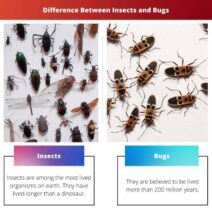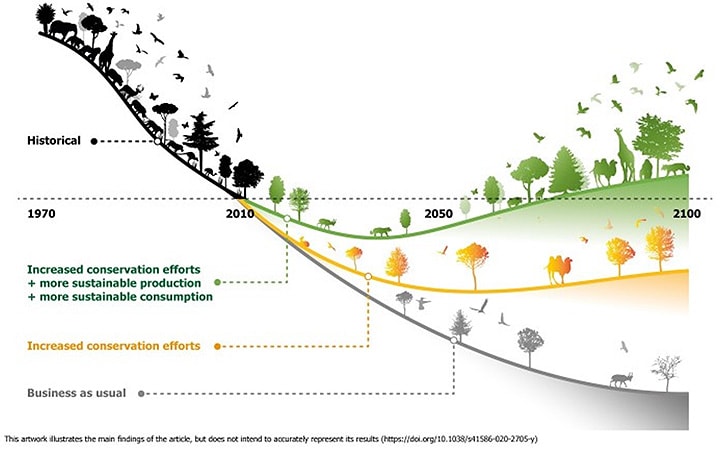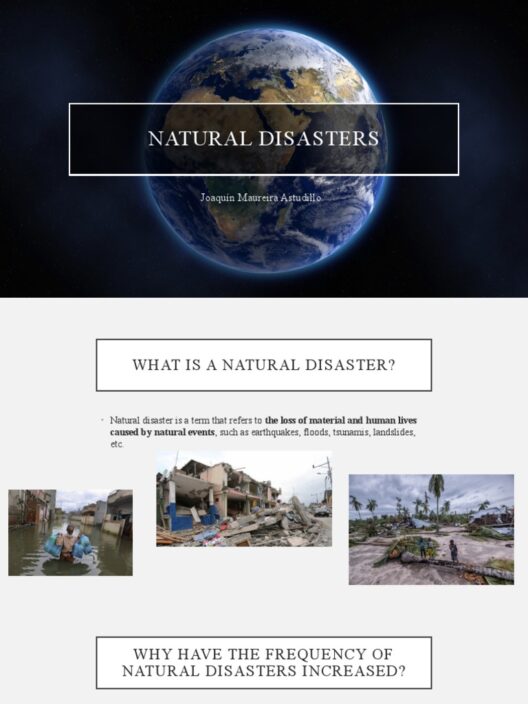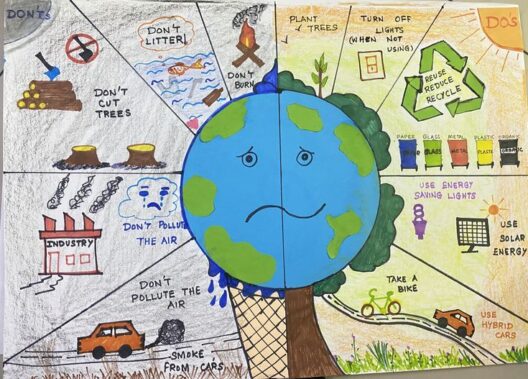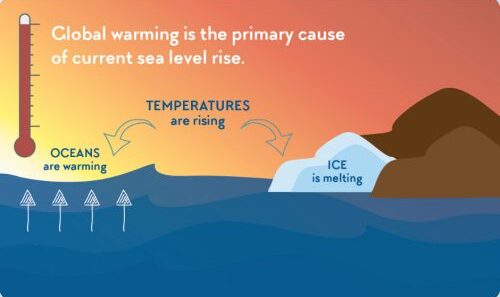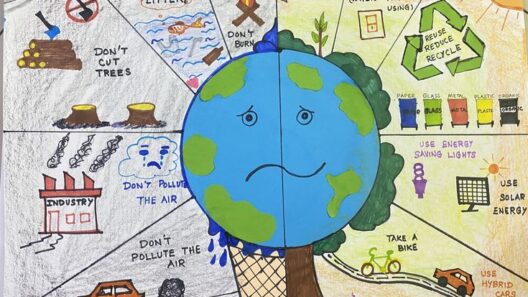Deserts on the Brink: How Global Warming Threatens Arid Ecosystems
Deserts, often perceived as desolate wastelands, are a tapestry of resilience, home to tenacious flora and fauna that have adapted to some of the harshest conditions on Earth. However, these arid ecosystems are now teetering on the edge. As global warming exacerbates climatic extremes, the delicate balance within these ecosystems is threatened, revealing a startling truth: the fate of deserts is intrinsically linked to our rapidly changing climate.
At the heart of this existential crisis lies an alarming increase in temperature. For decades, scientists have documented rising averages, indicating that deserts—like living entities—are wrestling with an unprecedented fever. The death knell of drought pulses through these landscapes, creating an oppressive environment where the sun’s merciless rays scorch the earth. As a result, once vibrant ecosystems are beginning to resemble ghost towns, their lifeblood evaporating under the relentless heat.
In the face of rising temperatures, precipitation patterns are becoming erratic. While some regions experience torrential downpours that lead to flash floods, others endure extended dry spells that deplete already scarce water resources. This duality not only incites chaos within the ecosystems but also poses a significant threat to biodiversity. Species that once flourished in these arid environments, such as the iconic desert tortoise or the hardy creosote bush, now find themselves grappling with a rapidly diminishing habitat. The intricate web of life that has thrived for millennia is unraveling.
The salinization of soil, exacerbated by evaporation resulting from climate change, further compounds the challenges faced by these ecosystems. When freshwater sources diminish, salt accumulates in the soil, rendering it inhospitable for many plants. This phenomenon creates a vicious cycle; as vegetation depletes, the landscape becomes increasingly barren, leading to greater soil erosion and further habitat degradation. In this unforgiving cycle, the barren stretches of sand become more than mere geographic features—they evolve into silent witnesses to the larger narrative of climate upheaval.
Human activity has played a pivotal role in this unfolding drama. The specter of industrialization looms large over desert regions, with oil extraction, mining, and agriculture scarring the natural landscape. Use of water-intensive crops in arid regions strips away precious resources, leaving ecosystems to languish in added peril. As demand for resources escalates, the delicate interplay between humanity and nature faces increasingly strained dynamics. What once supported life now poses the threat of erasure.
Moreover, invasive species are encroaching on fragile desert habitats, exacerbated by climate shifts. As temperatures rise and precipitation patterns shift, non-native plants and animals exploit newly available niches, displacing indigenous species and disrupting longstanding ecological relationships. The introduction of such species often leads to a cascade of negative effects, including compromised food webs and diminished genetic diversity. The sanctity of the desert’s ecosystem hangs in the balance, underlined by an alarming realization: every action has a reaction, and the repercussions of human endeavor resonate far beyond local boundaries.
While the plight of deserts may ignite despair, it also offers a call to action. Advocacy for the protection and restoration of arid ecosystems has never been more critical. Initiatives that focus on sustainable land use and responsible water management are essential. By prioritizing native flora and fauna in restoration projects, we can bolster biodiversity and enhance the resilience of these fragile landscapes. Participatory conservation efforts, wherein local communities engage in the stewardship of their environment, signify hope—a testament to the fact that collective action can rehabilitate even the most beleaguered areas.
Education plays an equally pivotal role. Raising awareness about the intrinsic value of desert ecosystems encourages a deeper understanding of ecological interdependence. When individuals grasp the profound connections between seemingly disparate ecological zones and their own lives, motivation for preservation will flourish. An informed populace is instrumental in driving policies aimed at mitigating climate change and enhancing conservation efforts.
Furthermore, burgeoning technologies provide innovative solutions to combat the adverse effects of climate change in desert regions. From drought-resistant crops to renewable energy initiatives, harnessing technology can pave a path towards sustainable coexistence. Emphasizing a synergy between human progress and environmental preservation may be the key to safeguarding these vulnerable ecosystems, transforming adversity into opportunity.
As the tapestry of our planet’s biodiversity hangs precariously by a thread, deserts stand at the precipice of profound change. They remind us of nature’s resilience and capacity for regeneration, an echo of life’s tenacity in the face of adversity. Yet, they also serve as poignant reminders of our collective responsibility to safeguard the fragile balance of this unique biogeography.
Deserts are not simply barren; they are intricate systems, imbued with life and potential. As we confront the reality of global warming, it is imperative to recognize that our actions today will shape the deserts of tomorrow. To embrace a path toward sustainability is to advocate for the future of these storied landscapes, ensuring that they continue to inspire awe and wonder in generations yet unborn. In the relentless march against climate change, let the deserts emerge not as mere relics of what once was, but as vibrant beacons of hope and resilience in a warming world.

